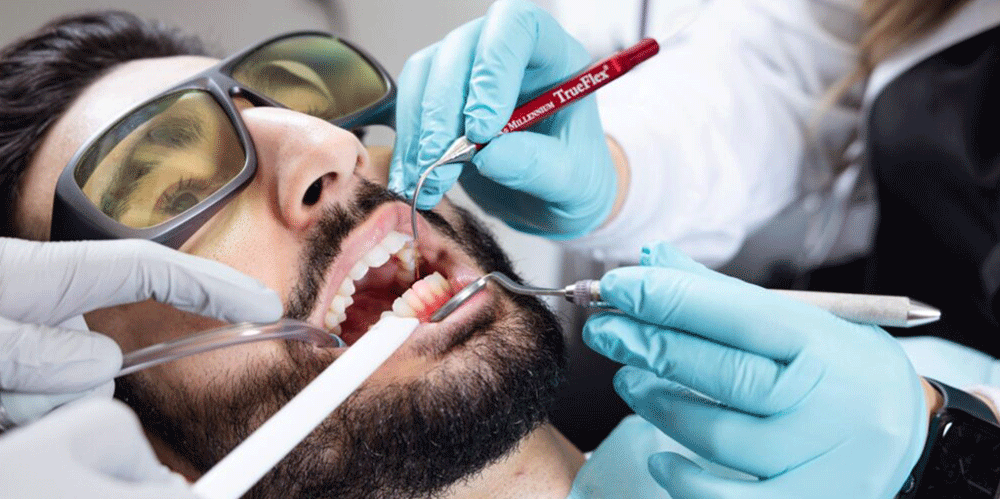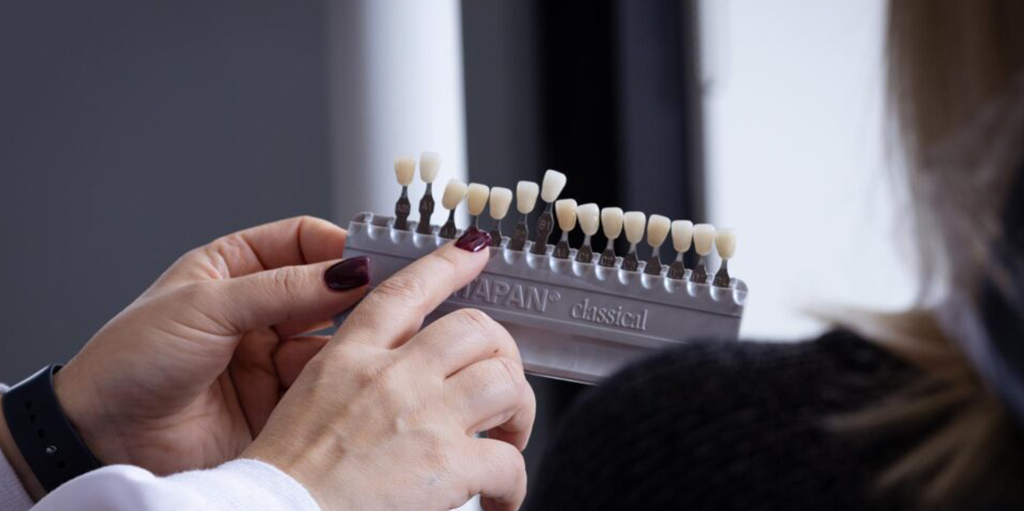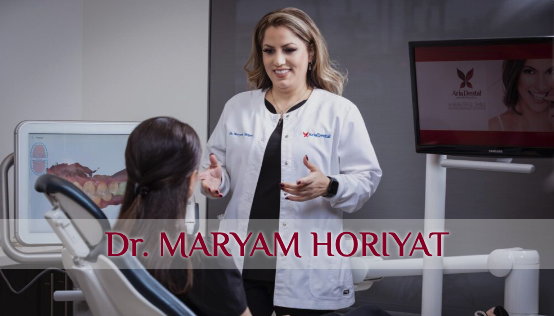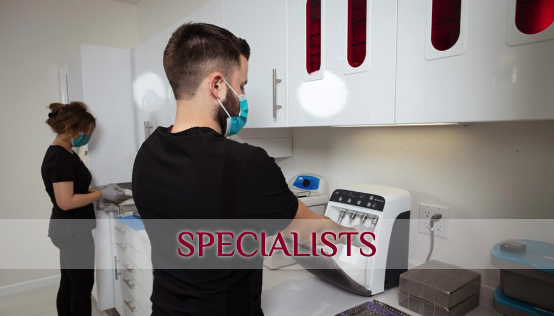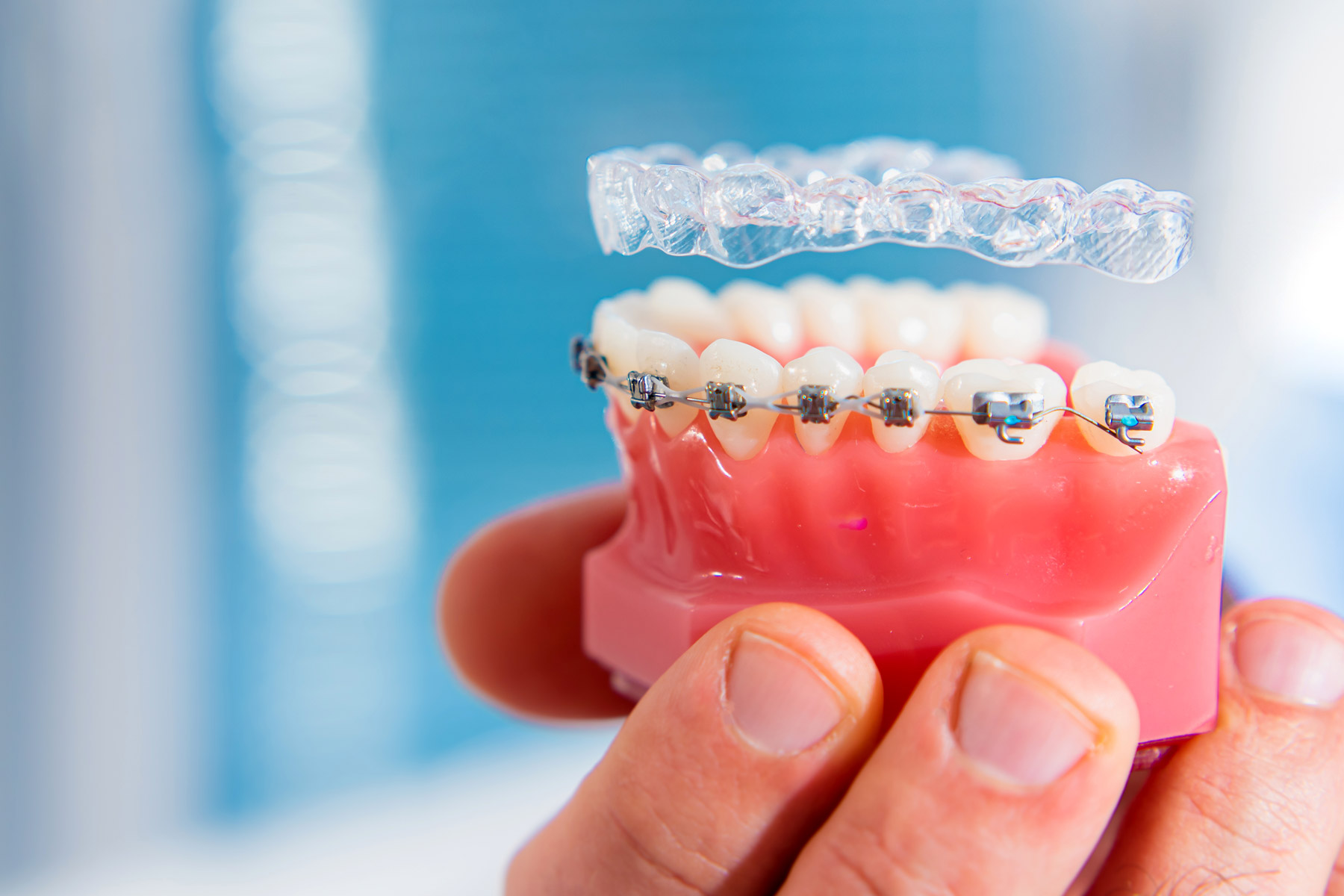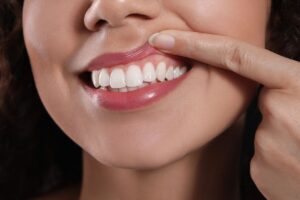Your smile is important to your overall appearance; you need aligned and healthy teeth for an even smile. When the teeth of your two jaws are not aligned properly, they will result in crooked teeth or a bad bite. Orthodontists employ dental braces and Invisalign® aligners to offer a solution for this condition. But which one should you choose? In This article, we talk about Invisalign® vs. braces and why you should choose Invisalign®. Are you ready? Let’s go!
What Are Braces?
Dental braces help restore your bad bite by correcting the crookedness of your teeth and the space between them. Braces not only yield cosmetic results; they also improve your oral health.
Following your dental hygiene routine can decrease the risk of dental problems such as tooth decay, gingivitis, or even tooth loss. Cleaning your aligned teeth is easier and can lead to better oral health. Braces can be made of metal, ceramic, plastic, or a combination.
How Are Dental Braces Applied?
Restoring your teeth with the help of dental braces begins with their initial placement. The braces are adjusted periodically until the desired results are achieved, typically occurring between 1 to 3 years. They will be replaced by a retainer to stabilize the restored teeth.

What Is Invisalign®?
Invisalign® is an advanced technique for transforming your smile by applying a series of transparent aligners. Invisalign® aligners are flexible, and you can remove them whenever necessary. In the next part, we will further explain the problems it can treat and the pros and cons of clear aligners vs. braces. So, stay with us!
What Problems Can Invisalign® Treat?
The Invisalign® system can transform your smile by addressing several issues:
Crooked Teeth
Having crooked teeth may affect your confidence. Invisalign® will make significant development in case you have crooked teeth in an easy process of making small changes.
Crowded Teeth
If you do not have enough space in your jaw to fit all your teeth, they might be pushed to the front or the back. Crowded teeth make it easier for plaque and bacteria to build up, which leads to tooth decay and gum diseases. Invisalign® aligners can fix overcrowded teeth, transform your smile, and prevent dental disorders.
Overbite / Underbite
If you have an overbite, your upper front teeth overlap with your lower front teeth, which can cause severe problems if it develops into deep bites. If you close your mouth and lower front teeth are in front of your upper teeth, you have an underbite. Invisalign® aligners can fix both overbites and underbites.
Crossbite / Open bite
If some of your upper teeth sit inside your lower teeth when you close your mouth, you have a crossbite. If your upper and lower teeth do not touch when you close your mouth, it is called an open bite. Yes, you guessed it right. Invisalign® fixes that as well.
Gap Teeth
If you have extra room between two or more of your teeth, you have gap teeth which may encourage the formation of pockets between your teeth and gums, leading to gum diseases. Invisalign® aligners can help with the issue of gaps in your teeth.
Invisalign® vs. Braces; Pros and Cons
Without further ado, let’s get down to the pros and cons of braces vs. Invisalign®:
What Are the Advantages of Braces?
Of course, braces have many advantages, which is why they are very popular worldwide. Here are some of the pros of traditional braces vs. Invisalign®:
They Are Suitable for Everybody
Braces can be used for every dental or facial issue. It moves your teeth to an aligned position, no matter how hard your case is!
They Are Forceful and Strong
Braces are very forceful and strong because of their structure, and they can move several teeth at a time if applied properly.
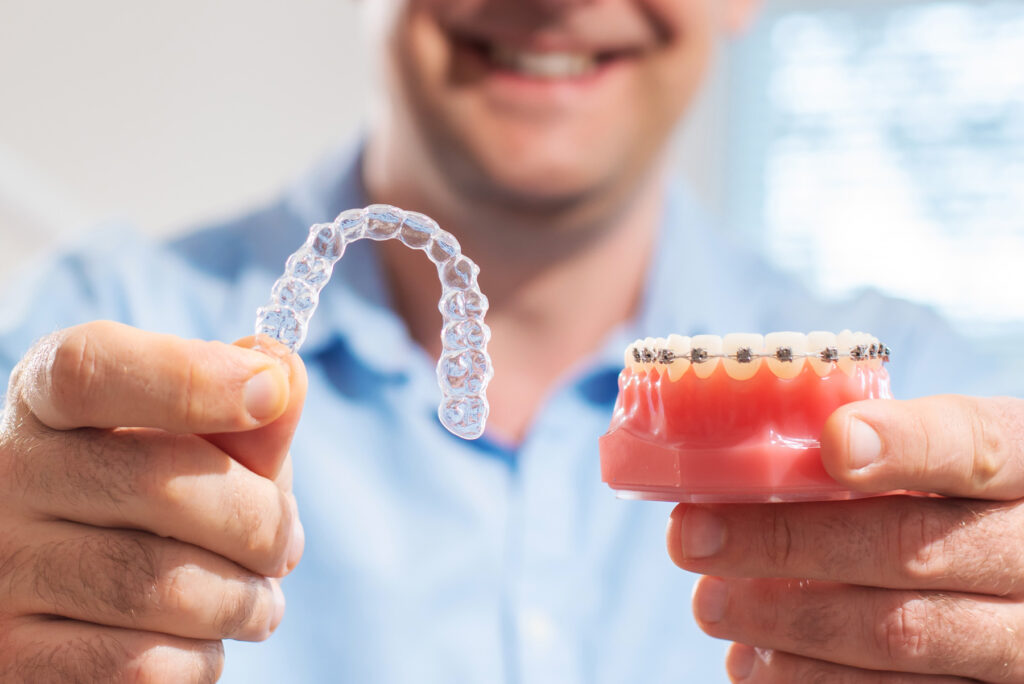
What Are the Disadvantages of Braces?
Despite the results they get, braces still have disadvantages that discourage many patients from getting them. Here are just a few examples of the cons of metal braces vs. Invisalign®:
They Are Not That Good Looking
The biggest difference between Invisalign® and braces is the look! Many people don’t like how braces look, and they have every right to!
Brushing and Flossing Are Hard with Them
If brushing and flossing is already a hard chore for you, I have bad news. They are even harder with braces. If you don’t brush and floss properly, you might build up plaque around your braces and develop decay.
You Can’t Eat Everything and Anything
Eating hard or sticky foods causes trouble for your braces because it might break your arch wire or a bracket. If that happens, you’ll need a doctor’s appointment to fix it.
You Need Many Appointments
Getting braces means regular doctor’s appointments. This could be a disadvantage if you do not like going to the dentist. When you get braces, your orthodontist needs to check the progress once a month.
Do you want to know more about this?
Dr. Maryam Horiyat, DDS. further explains about metal braces vs. Invisalign®:
What Are the Advantages of Invisalign®?
If you are wondering about the advantages of Invisalign®, here are just a few to mention:
It Looks Great
Everybody loves that Invisalign® is virtually invisible! It is a great pro for every kind of clear aligners vs. braces. So, adults and teens can get the treatment without thinking about it.
It’s Comfortable to Wear
Invisalign® retainers are designed based on your dental arch and specific needs. So there aren’t any cuts on your cheeks or salt washes for you.
You Can Take Them Out whenever
You can take out your Invisalign® for eating and brushing. So, you don’t need to be careful about what to eat or not to eat to protect your retainers.
You Need Fewer Doctor Appointments!
Your orthodontist makes a series of customized retainers for you, and you are good to go! No need to visit them monthly.
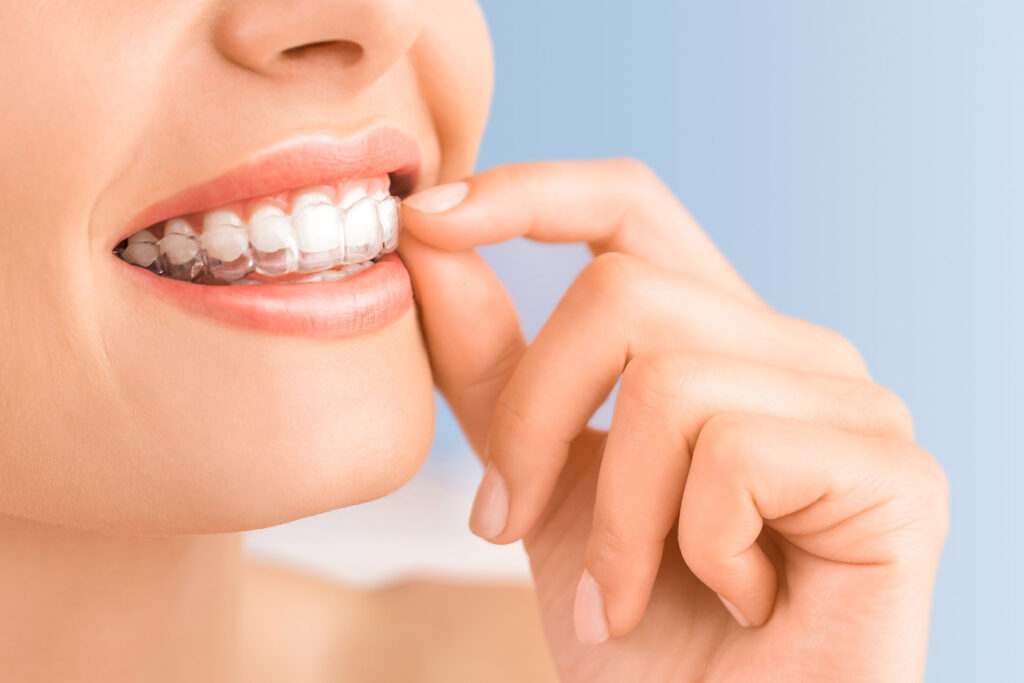
What Are the Disadvantages of Invisalign®?
Like any other treatment, Invisalign® might have disadvantages for certain people. Here are the main two cons of it:
You Need to Be Committed
It’s a relief to know you can remove Invisalign® whenever you want, but you must be committed to keeping them 22 hours a day. I know it is hard to resist the temptation of not returning them after eating, but you must; I’m sorry.
You Need to Be Discreet in Public
The inconvenience of taking out your Invisalign® for eating and drinking in public might bother you somewhat. You also need to brush before returning the retainer, so consider how much trouble you’ll have in public if you get Invisalign®.
Our Final Verdict
Our verdict is very clear from the beginning (pun intended!). Regarding ceramic braces vs. Invisalign®, we prefer Invisalign® because its advantages outweigh its disadvantages. We suggest a consultation session with a Diamond Invisalign® Provider to ensure everything goes perfectly.
| Invisalign | Braces | |
| Treatment Length | 6 to 24 months | 24 months on average |
| Aesthetics | It’s invisible | It’s noticeable |
| Brushing and Flossing | Very easy | Not very easy |
| Doctor Visits | A few times | Once a month |
Are You Ready to Go Straight?
In this article, we talked about Invisalign® vs. braces and explained why we prefer Invisalign®. If we have answered your question and now you are looking for a Diamond Invisalign Provider in Los Angeles, contact us to plan a consultation appointment with Dr. Maryam Horiyat, an Invisalign® orthodontist in Orange County; let’s start!
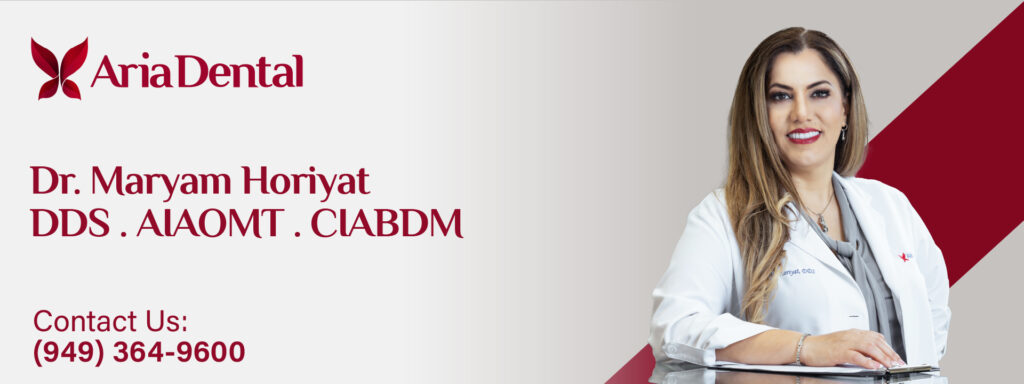
FAQ for Invisalign® vs. Braces
Is Invisalign® better than braces?
Yes, we believe so. It’s invisible, feels more comfortable, and is removable, and you don’t need to visit your dentist every month!
Is Invisalign® faster than braces?
Yes. Depending on your case, Invisalign® does its magic between 6 and 24 months, but braces need at least 24 months to work.
Clear braces vs. Invisalign®; which one should I choose?
We recommend Invisalign®! It is clear, designed, and customized specifically for your teeth!



